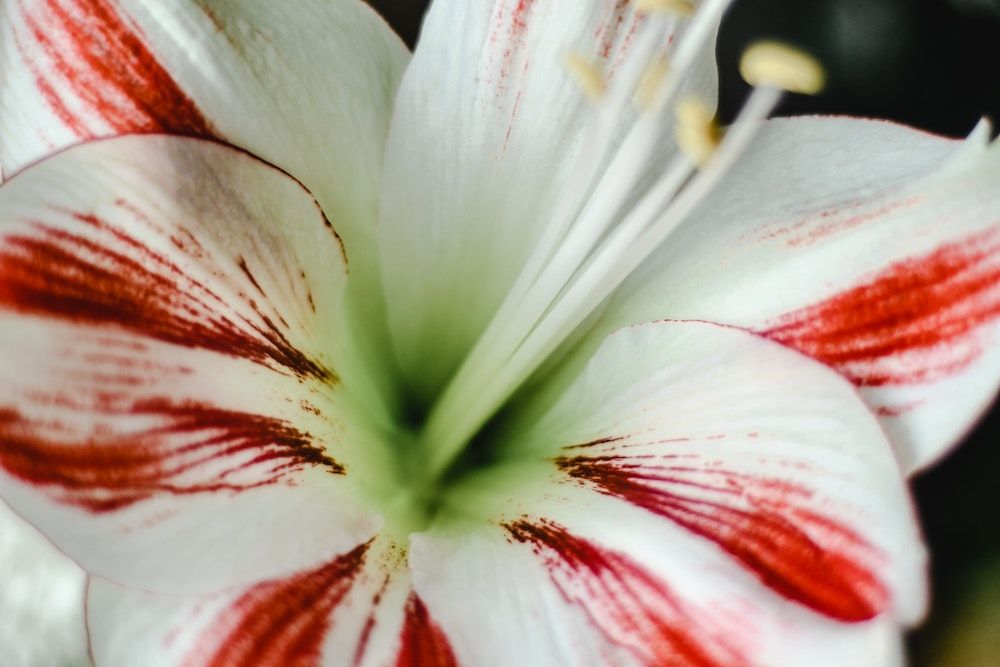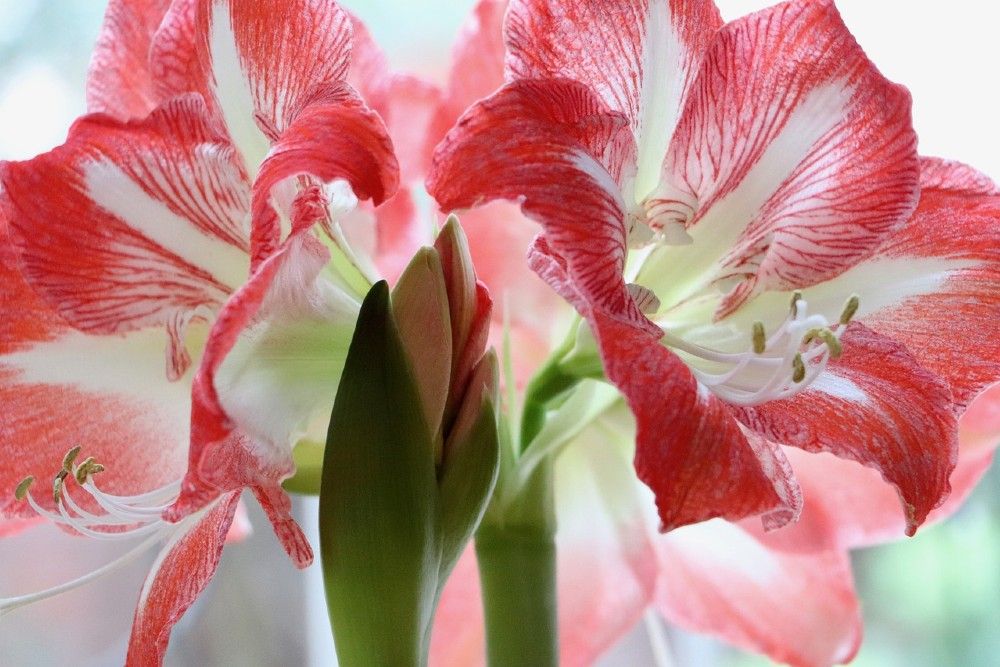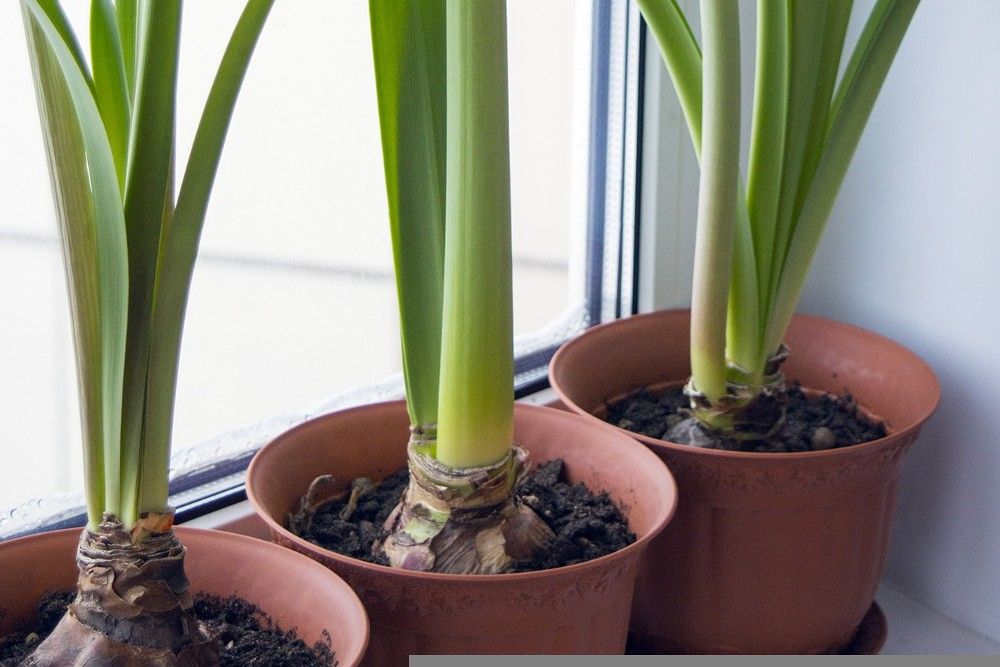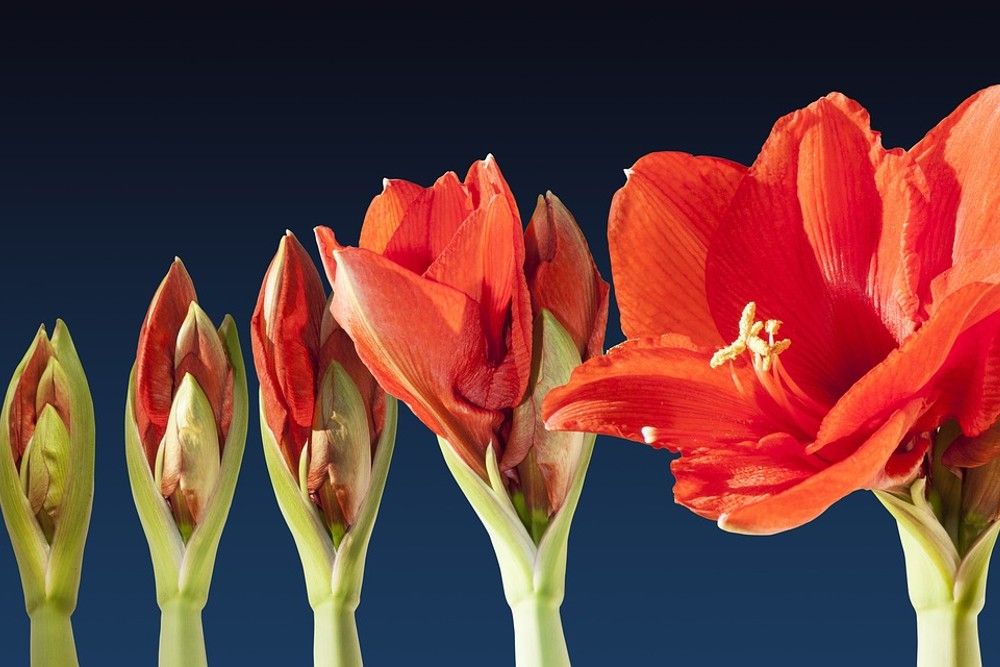Amaryllis’ is a brilliant flowering plant that can brighten the darkest days of the winter months. Derived from the Greek word “amarysso,” which means “to sparkle,” these stunning flowers are certainly showy. The trumpet-shaped blooms come in many colors, from the traditional solid red, white, pink, orange, and purple, to the more exotic picotees, where the petals’ edges are a different shade.
However, after they flower, it's good to know what to do to keep them thriving. When you learn that, they’ll reward you with more beautiful blooms. So go ahead, and check some of the best strategies below!
What is Amaryllis?
Image credit: Eva Bronzini vai Pexels
The Amaryllis you can find in stores is part of the Hippeastrum genus, native to Central and South America. True Amaryllis are a single species native to South Africa and are often referred to as belladonna lilies.
Hippeastrum Amaryllis is a fairly large genus that grows primarily in tropical regions. However, most commercial hybrids come from only six species. Their prized, large flowers grow six to ten inches in length.
Often sold around the holiday season, you will find Amaryllis as dormant or potted bulbs. This way, you can enjoy the beauty of them blooming in your home.
Care for Amaryllis While it Blooms
Image credit: Nennieinszweidrei via Pixabay
When your Amaryllis blooms, move the plant out of direct sunlight and keep the soil evenly moist throughout the flowering period. The cooler temperatures will prolong the life of these stunning but short-lived blooms. A steady 50 to 65 degrees Fahrenheit will keep this plant happy.
You can expect an average of four flowers per stalk and for each to last about two weeks.
Then, Remove the Blooms
Image credit: Kulbir via Pexels
After the blooms have faded, by hand or using sterile scissors, remove the flowers, including the pistil (the center), to prevent seed formation. The dead flowers will deplete the energy reserves in the bulb, which could affect future blooming.
Remove the flowers, being sure not to cut or damage any of the green stems. The stalk will continue to give energy to the bulb for future growth.
Care for Amaryllis After it Blooms
Image credit: AKuptsova via Pixabay
Once you have cut off the blooms, move the plant back where it will receive direct sunlight; A southern-facing window is best. Amaryllis needs lots of suns to promote new growth and to store energy in its bulb. Water about once a week or whenever the top of the soil feels dry. Fertilize your Amaryllis every two to four weeks as long as there is green growth. Use fertilizer at the recommended strength for houseplants with a high phosphorous count to encourage blooming.
Once all signs of frost have passed in the spring, you can move your Amaryllis outside to take advantage of the sunlight. To acclimatize it, place it in a protected location, such as against the house or on a patio. After a few weeks, move it to an area with more direct sunlight. Be sure to bring your plant back inside before the first frost, as Amaryllis are not cold-hardy.
Amaryllis likes to be pot-bound and does not require regular repotting. Every three to four years, or when the bulb has outgrown the container, repot your Amaryllis. The fall months, during a forced dormancy period, is the perfect time to repot. Choose a pot one to two inches larger in diameter than the bulb and plant with one-third to one-half of the bulb above the soil. The ideal soil medium is well-draining, such as a mixture of equal parts peat and perlite.
Forcing Amaryllis to Bloom
Image credit: stux via Pixabay
Amaryllis does not need a dormancy period like other bulbs. However, many gardeners force one to encourage blooming during the winter months. To do this, place them in a cool (between 50-55 degrees Fahrenheit), dark location for eight to 12 weeks in the fall. Do not water or fertilize during this period. When the stalks turn brown, cut them off a few inches above the bulb.
If you notice new growth during this time or after eight to 12 weeks, move your Amaryllis back to a sunny location. Resume watering and fertilizing. If your plant stored enough energy in its bulb, expect flowers in four to six weeks. While the stalk grows, rotate the pot every few days to prevent the plant from leaning.
Brighten Up Your Home
Even though many discard them after the holidays, Amaryllis bulbs can have long lifespans, blooming yearly to light up your festivities. Lots of direct bright light throughout the year is crucial to ensure they can store enough energy in the bulb to bloom again.
As long as you have a bright spot for it to grow, Amaryllis is easy to care for. The mature, larger bulbs, if they are healthy, often produce multiple stalks, meaning more spectacular flowers to enjoy.
What do you do with your Amaryllis after it blooms? Share in the comments!






